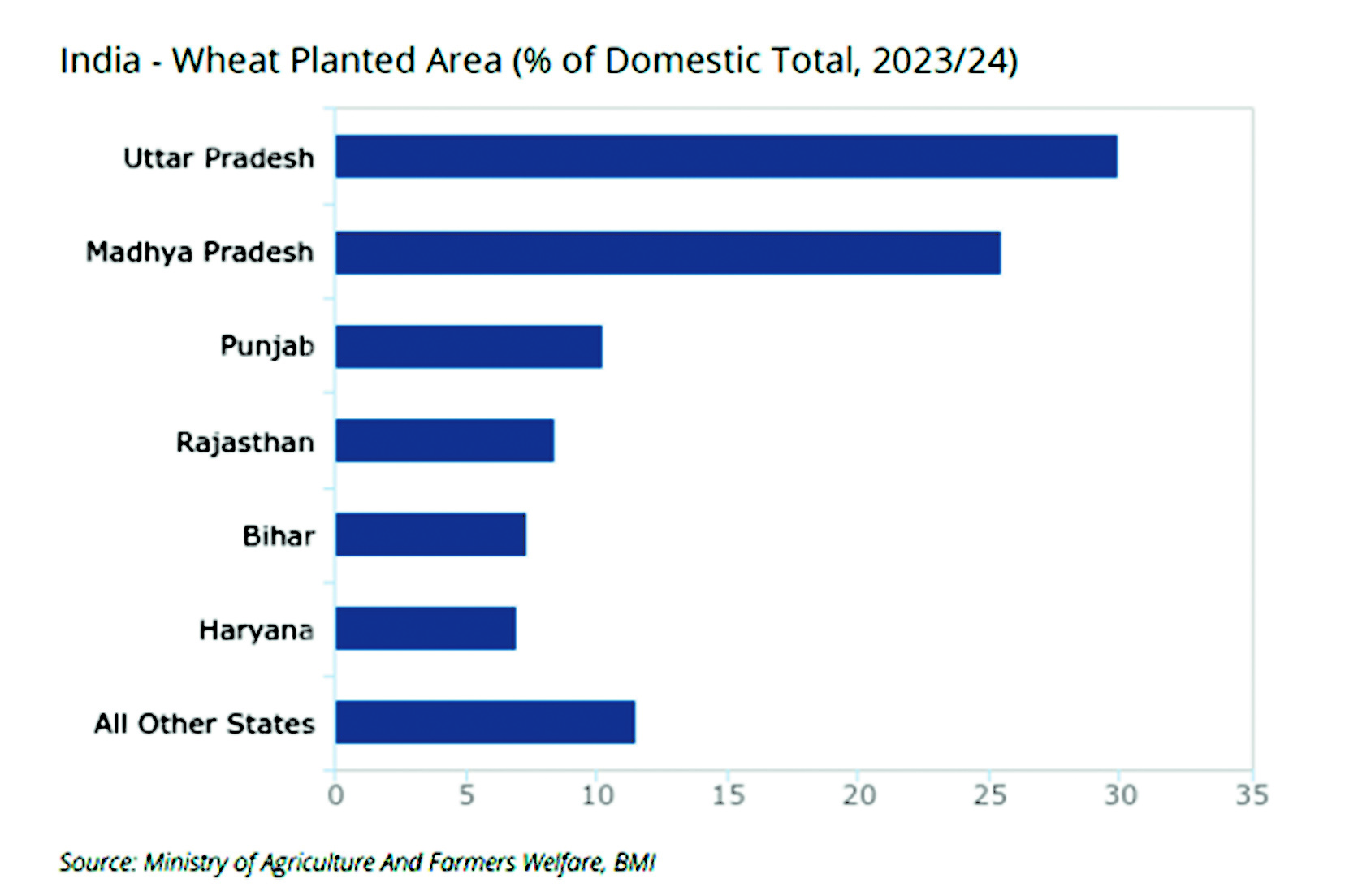
In order to manage the overall food security and to prevent hoarding and unscrupulous speculation, the Government has made it mandatory for traders/wholesalers, retailers, big chain retailers and processors in all states and union territories to declare their stock position of wheat on the portal (https://evegoils.nic.in/wheat/login.html) from 1 April, 2024 and then, on every Friday till further orders. All the respective legal entities to ensure that stock are regularly and correctly disclosed on the portal. Rice stock declaration by all categories of entities is already in-place.
Further, with wheat stock limit expiring on 31 March, 2024 for all categories of entities in states and UTs, entities have to disclose the wheat stock on portal. Now, all legal entities have to declare their wheat and rice stock on the portal regularly. The Department of Food and Public Distribution is maintaining a close watch over the stock position of wheat and Rice to control prices and ensure easy availability in the country.
An outlook for Indian wheat production presented by BMI, a Fitch Solutions entity, has forecast that India’s wheat production will rise to 110mn tonnes in 2023/24, which will represent an all-time record harvest volume. While India’s wheat crop maintains a minimal exposure to current drought conditions in southern states like Karnataka, above-average rainfall in Uttar Pradesh and other major wheat-producing states through the first two weeks of March 2024 poses downside risk to BMI’s projected harvest volume.

Ahead of the upcoming March-May harvest, the BMI forecast for ndian wheat production in 2023/24 remains below that of the United States Department of Agriculture (USDA), which is 110.6mn tonnes, as well as below that of the Ministry of Agriculture and Farmers Welfare, which is 112mn tonnes. The ministry’s final report on planted acreage, published at the start of February 2024, indicated a wheat coverage area more or less unchanged (+0.7% y-o-y) from the 2022/23 season.
After an estimated 1.1 per cent y-o-y decline in 2022/23, the research shows that domestic wheat consumption in India will grow by 2.5 per cent y-o-y in 2023/24 and, therefore, climb to 111.4mn tonnes. As a result, the report points out that the generation of a third consecutive wheat production deficit during the season, although somewhat narrower than the 4.7mn-tonne shortfall that resulted from the 2022/23 season. As per USDA estimates, end-of-season wheat stocks in India fell to 9.5mn tonnes in 2022/23, their lowest level since 2007/08.
Given minimum stock-level requirements, India could therefore be required to import wheat in 2024, especially if crop yields fall below expectations. At present, the Ministry of Agriculture and Farmers Welfare forecasts an average wheat yield of 3.52 tonnes per hectare, in line with that achieved in 2022/23, the BMI report projects.